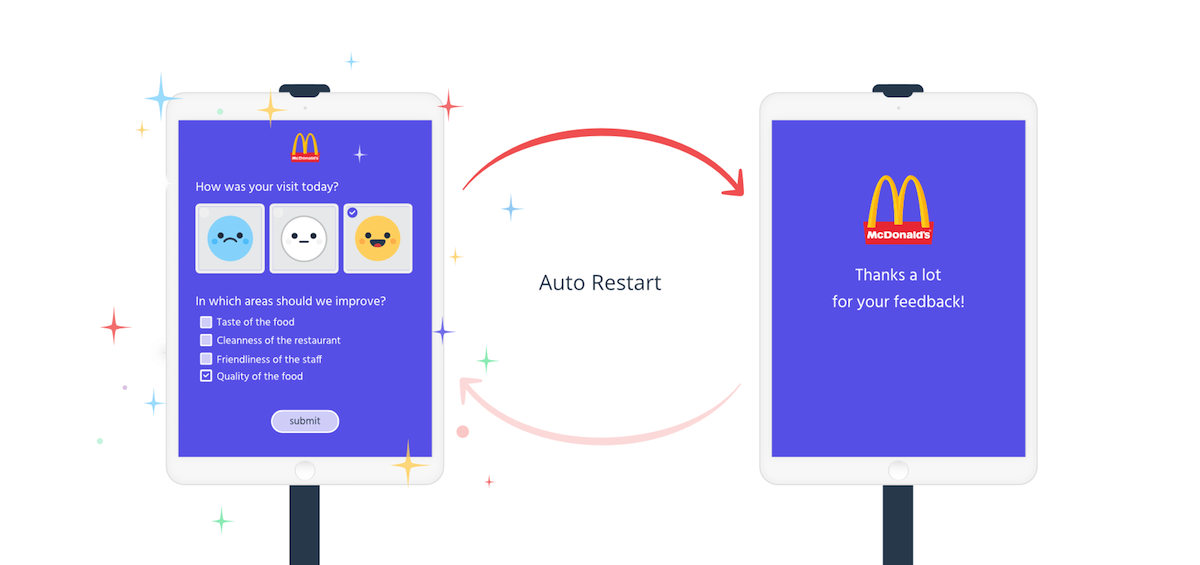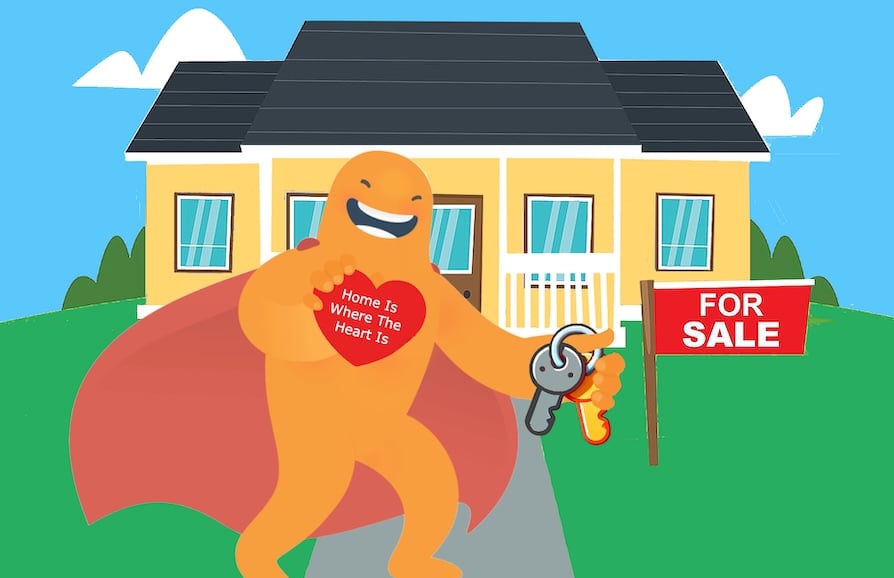Whether you run a local store or a global franchise like H&M, McDonald’s, Subway, or Zara, collecting location-based feedback is a must. That’s why you’ve likely seen kiosk surveys popping up in stores, hotel lobbies, hospitals, and office spaces. These days, you’ll find them just about anywhere a researcher wants to collect feedback in physical locations. Creating an in-store survey or form it’s a great step to understand customers on a location-based level. Understanding your customer’s needs, and knowing what you’re doing well and what could be improved with a specific store location, may help your store or franchise grow and doing so with the help of happy customers.
Asking your customers for their feedback with the help of an in-store survey helps you collect accurate, in-the-moment results. Plus, it enables you to interact with the customer instantly after a purchase is made or even get the chance to interact with them before a purchase has been made. Getting their feedback as they are experiencing your shop is invaluable, making it impossible to replicate with a survey you email or share through social media.
Create your location-based survey, form, or poll now!
Benefits of Location-based Feedback
There are many benefits of collecting in-store feedback through a kiosk survey. Some of the pros include:
- Location-based surveys are not expensive to conduct. You need survey software like the one we offer here at SurveyLegend, a tablet, and a stand to place the tablet on.
- The feedback you collect updates in real-time which makes it easier for you to analyze the results and take action.
- Location-based surveys help collect feedback in the store as the customer is experiencing the products, environment, and service, making the feedback invaluable.
- Responses are collected while the experience is still fresh in the respondent’s mind. This makes their judgment more trustworthy.
- Having a location-based survey helps the customer feel more appreciated and be sure that their voice is heard. This can increase customers’ satisfaction with your brand.
Questions to Ask on a Kiosk Survey
So you’ve decided a kiosk survey will help you collect feedback in physical locations. What do you want to ask? Some types of questions to consider asking consumers include:
- How friendly was our staff?
- Were you able to find what you were looking for?
- Was our staff able to help you find what you were looking for?
- What did we do well today?
- Is there anything you feel we can improve?
- Was our establishment clean to your expectations?
- Based on your experience today, would you visit us again?
- Would you recommend our business to friends and family?
- Will you share your experience on social media?
- And more…
Conclusion
Creating an in-store survey and researching the feedback collected is easy and not at all expensive. In fact, you can start right now! Simply begin by registering for a free account with us here at SurveyLegend. When that’s complete, read our step-by-step guide on how to create a kiosk mode survey. That’s all there is to it!
Have you ever engaged with a kiosk survey? Do you currently use kiosk surveys to collect feedback at physical locations? We’d love to hear from you!
Create your location-based survey, form, or poll now!
Frequently Asked Questions (FAQs)
Kiosk surveys allow people to take a survey while their in a store, hotel, hospital, office space, etc. They allow researchers to collect feedback in physical locations.
Kiosk survey responses are collected while the consumer is having an experience in real-time. This makes their judgment more accurate and trustworthy.
Typical questions ask about the consumer’s experience (did they find what they were looking for, was the staff attentive, would they come back again, etc).





